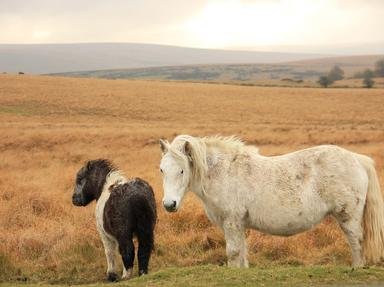Quiz Answer Key and Fun Facts
1. I have used the term 'family' fairly loosely throughout this quiz: I realise that some groupings are strictly speaking orders or sub-orders but for ease of reference I have used family throughout.
Red and grey are the only two species of these creatures found in Britain. Which family do they belong to?
2. There are three species of these in Britain (none in Ireland), two of them are called smooth and grass. What family are they?
3. Grey and common are the two species of this aquatic family found around British coasts. To which family do they belong?
4. There are three species of this family in Britain. Two of them are common and sand. What do you think they are?
5. This group has several representatives in Britain; two of them are water and short-tailed field. Which family do these belong to?
6. There are several introduced species of this family found in Britain but only two native species, red and roe. Which family are they from?
7. Great-crested and palmate are two species of which family?
8. Harvest and wood are two species of which family?
9. Little and long-eared are two of the five species of this family that live in Britain. Which family?
10. Only two species of this mammal occur in Britain, namely the common and the mountain______?
Source: Author
Mutchisman
This quiz was reviewed by FunTrivia editor
crisw before going online.
Any errors found in FunTrivia content are routinely corrected through our feedback system.

